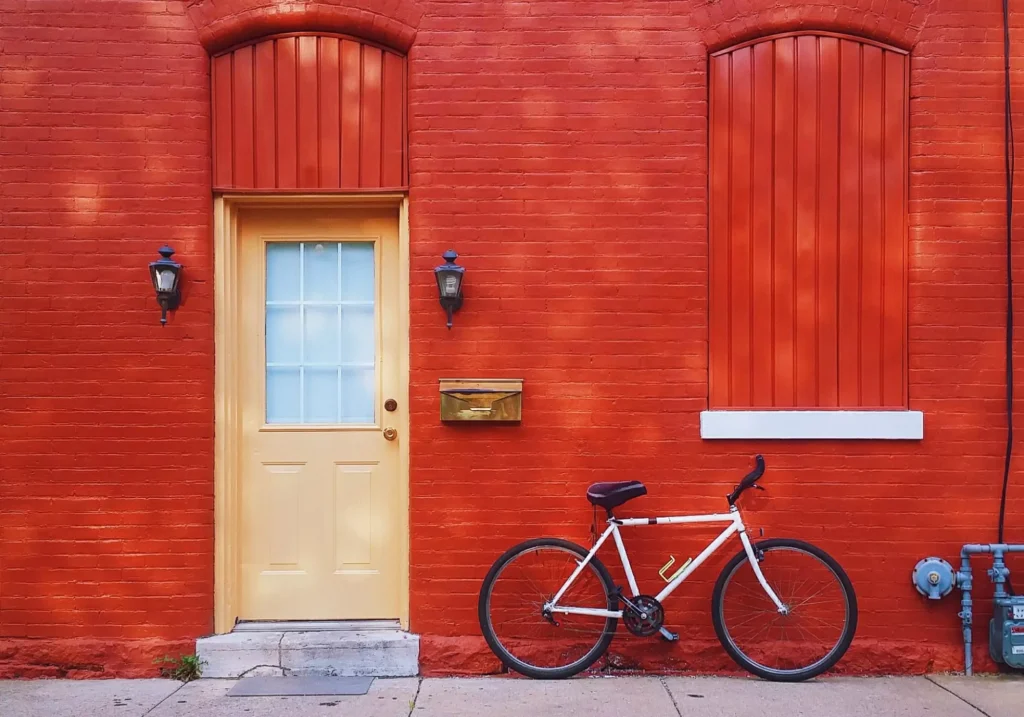H2: Introduction
- Importance of picking the right theme
- First impressions matter
H2: The Dos of Choosing a WordPress Theme
H3: ✅ Do Choose a Theme That Aligns with Your Website’s Purpose
- Match your niche
- Industry-appropriate styles
H3: ✅ Do Prioritize Mobile Responsiveness
- Mobile-first indexing
- Google ranking impact
H3: ✅ Do Check Theme Speed and Performance
- Fast-loading themes boost SEO
- How to test theme speed
H3: ✅ Do Go for SEO-Friendly Themes
- Clean code and schema markup
- Built-in SEO support
H3: ✅ Do Ensure Cross-Browser Compatibility
- Why consistency across browsers matters
- Testing tools
H3: ✅ Do Choose a Theme with Good Support and Updates
- Developer activity
- Documentation and forums
H3: ✅ Do Opt for Themes with Customization Options
- Drag-and-drop builders
- Theme panel options
H3: ✅ Do Read Reviews and Ratings
- Trust the crowd
- Red flags to watch for
H2: The Don’ts of Choosing a WordPress Theme
H3: ❌ Don’t Pick a Bloated Theme
- Too many features = slower site
- Focus on what you need
H3: ❌ Don’t Ignore the Demo Trap
- Demos can be deceiving
- Focus on flexibility
H3: ❌ Don’t Use Outdated or Unsupported Themes
- Security risks
- Poor compatibility
H3: ❌ Don’t Prioritize Looks Over Function
- Aesthetic isn’t everything
- Functionality is king
H3: ❌ Don’t Overlook Licensing and Terms
- GPL vs paid licenses
- Resale issues
H3: ❌ Don’t Neglect Accessibility
- Inclusive design matters
- WCAG compliance
H2: Conclusion
- Summing it up with practical advice
H2: FAQs
H3: 1. Can I change my WordPress theme later without losing content?
H3: 2. Are free themes safe to use?
H3: 3. What’s better: multipurpose or niche-specific themes?
H3: 4. How do I check if a theme is mobile-friendly?
H3: 5. Do I need a developer to customize a theme?
Article
Dos and Don’ts When Choosing a WordPress Theme
So, you’re setting up a WordPress site and feeling overwhelmed by the thousands of theme options available? You’re not alone. Choosing the right theme is like picking the right outfit for your brand—it defines your look, your feel, and your visitor’s first impression. Let’s cut through the fluff and help you get it right with some straight-up dos and don’ts.
Introduction
Your theme isn’t just about looking good—it’s about functionality, speed, responsiveness, and above all, the user experience. A bad theme choice can lead to slow load times, poor SEO rankings, and even drive users away. Don’t worry—we’re diving deep into what you should and shouldn’t do when choosing that perfect WordPress theme.
✅ The Dos of Choosing a WordPress Theme
✅ Do Choose a Theme That Aligns with Your Website’s Purpose
Launching a blog? Starting an online store? Running a photography portfolio?
Whatever your goal, your theme should match it.
For example, a photography portfolio should be visually stunning with full-width image support, while an eCommerce theme must be compatible with WooCommerce and product display options.
Don’t try to make a business theme work for a personal blog. Choose a theme made for your niche.
✅ Do Prioritize Mobile Responsiveness
Over 60% of traffic comes from mobile. If your theme isn’t responsive, you’re turning away half your visitors before they even start scrolling.
Use tools like Google’s Mobile-Friendly Test to verify if the theme works well on all screen sizes.
✅ Do Check Theme Speed and Performance
Speed = better user experience + better SEO.
A slow site is a no-go. You can test the theme’s demo URL using tools like GTmetrix, PageSpeed Insights, or Pingdom.
Lightweight themes like Astra, GeneratePress, or Neve are known for their performance.
✅ Do Go for SEO-Friendly Themes
Your theme should have clean code, use proper heading structure, and support SEO plugins like Yoast or RankMath.
Some themes even include built-in schema markup, which gives search engines more context about your site.
✅ Do Ensure Cross-Browser Compatibility
What looks good in Chrome might be broken in Firefox.
Always test the demo in browsers like Safari, Firefox, Edge, and even mobile browsers to make sure everything’s consistent.
✅ Do Choose a Theme with Good Support and Updates
Avoid themes that were last updated 2 years ago—they’re likely outdated and insecure.
Go for ones with:
- Active support forums
- Regular updates
- A responsive support team
Check the changelog and last update date before installing.
✅ Do Opt for Themes with Customization Options
Look for themes that integrate with Elementor, WPBakery, or have their own drag-and-drop builder.
Customizing should be simple—even for non-coders.
Themes like Kadence or Blocksy offer built-in design flexibility.
✅ Do Read Reviews and Ratings
Before downloading or buying, read what others are saying.
Look for:
- Common bugs or complaints
- Speed issues
- Poor customer support
Red flags? Low ratings, lack of updates, and negative comments.
❌ The Don’ts of Choosing a WordPress Theme
❌ Don’t Pick a Bloated Theme
Some themes try to do it all—sliders, animations, galleries, pop-ups… It sounds great, but it’s a performance killer.
Stick to themes that offer only what you need. You can always add plugins for extra features.
❌ Don’t Ignore the Demo Trap
Themes with flashy demos are tempting, but they can be misleading.
Those images? Not included. That layout? May need tons of setup.
Make sure the theme is easy to configure without custom code or premium plugins.
❌ Don’t Use Outdated or Unsupported Themes
Using a theme that hasn’t been updated is like living in a house with no locks.
It’s a security risk, and it probably won’t play well with the latest version of WordPress or plugins.
Always check for:
- Recent updates
- Active development
- WordPress compatibility
❌ Don’t Prioritize Looks Over Function
Yeah, we all love eye candy, but don’t get distracted.
That beautiful parallax homepage might load slow. That fancy animation? Might break on mobile.
Focus on usability, not just beauty.
❌ Don’t Overlook Licensing and Terms
Make sure you understand the theme’s licensing:
- Is it GPL-compliant?
- Can you use it on multiple sites?
- Does it require annual renewal?
Read the fine print, especially with premium themes.
❌ Don’t Neglect Accessibility
A good theme should be usable by everyone, including those using screen readers or assistive technologies.
Look for WCAG 2.1 compliance, keyboard navigation support, and color contrast.
Accessibility isn’t just ethical—it’s often a legal requirement.
Conclusion
Picking a WordPress theme is like picking a foundation for your home. If it’s shaky, everything built on it will struggle. Stick with themes that are fast, responsive, SEO-friendly, customizable, and supported by active developers. Avoid the traps of bloated, outdated, or flashy-but-useless themes. Your website—and your visitors—will thank you.
FAQs
1. Can I change my WordPress theme later without losing content?
Yes, but be cautious. Content will stay, but formatting and widgets may need to be redone. Always back up before switching.
2. Are free themes safe to use?
Absolutely, if downloaded from trusted sources like the WordPress.org repository. Avoid “nulled” or pirated themes—they’re often filled with malware.
3. What’s better: multipurpose or niche-specific themes?
It depends on your goals. Multipurpose themes offer flexibility, while niche-specific ones are tailored and easier to set up for specific needs.
4. How do I check if a theme is mobile-friendly?
Use tools like Google Mobile-Friendly Test or test the live demo on your phone/tablet.
5. Do I need a developer to customize a theme?
Not necessarily. Many themes offer drag-and-drop builders and customization panels that don’t require any coding knowledge.



